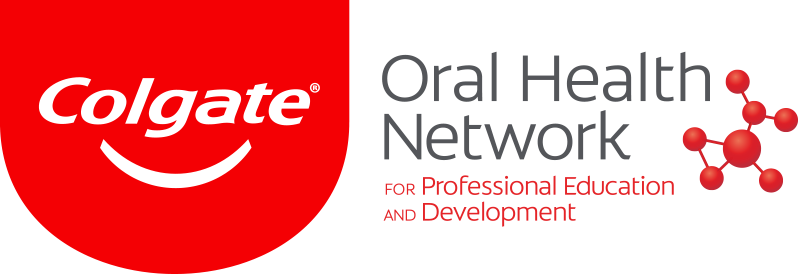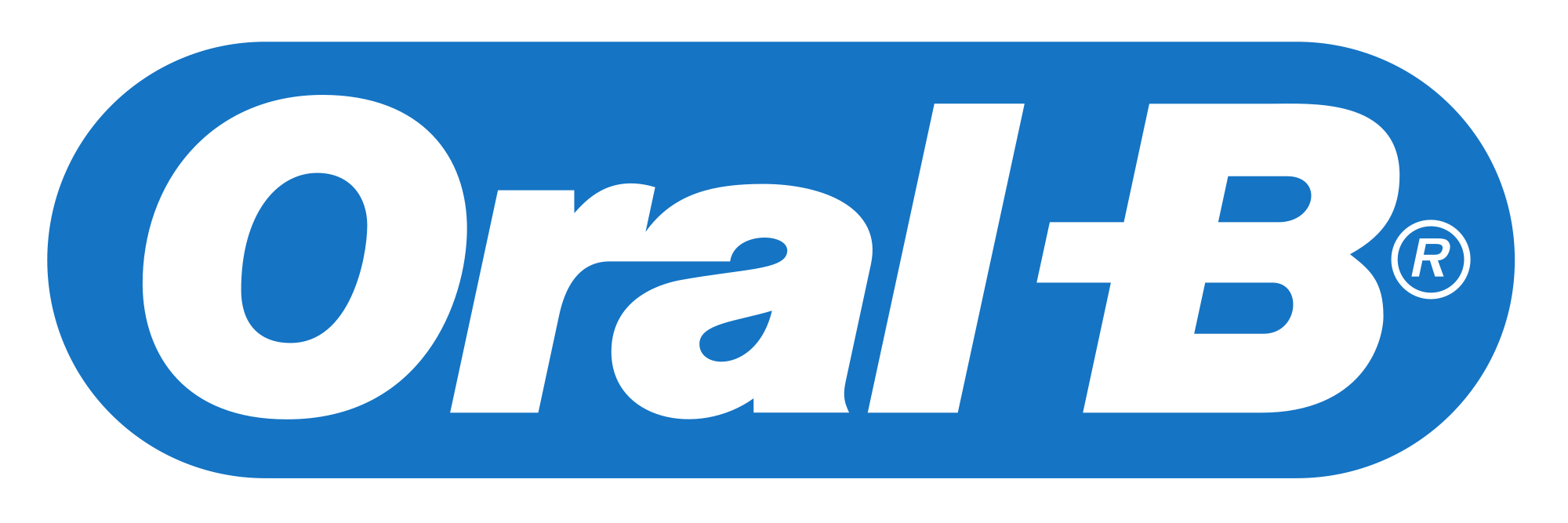In this ever-evolving age of dental technology, the practice area of implant site development has benefitted from a technologic innovation and a new era of resorbable fixation devices and membranes. Traditionally, various metal fixation screws have been utilized for stabilization with the primary drawback being the need for eventual reentry for removal.
Now, the necessitation of fixation device removal has been eliminated with the introduction of the SonicWeld Rx system of resorbable fixation devices and membranes.
embedImagecenter("Imagecenter_1_770",770, "large");
A 42-year-old male presented with a significant buccal osseous defect resulting from the long-standing loss of the maxillary right first premolar (Fig. 1). A single tooth implant-supported restoration was planned as the final prosthesis. Given the volume of bone loss in the first premolar site and the desire to minimize post-operative morbidity, an allogenic block bone graft was chosen for defect regeneration.
Though the predictability of allogenic block graft material is well-documented, complete graft immobilization is imperative for success.[1]
The SonicWeld Rx process of onlay block graft fixation utilizes an ultrasonic vibrating handpiece to deliver a polymer pin through the graft and into the host bone. The SonicPin Rx travels into a specially prepared hole with variable diameters, similar to a lag method.
The SonicPin Rx is designed to engage a minimum of 5 mm of host bone at its tip. The final length determination of the pin is an addition of this length plus the graft thickness. Given this consideration, the typical SonicPin Rx clinical length is 9 or 11 mm and the diameter is 2.1 mm (Fig. 3).
For bone fixation, a specially designed drill is utilized to prepare an insertion site through the onlay graft and into the host bone.
The SonicPin Rx is then loaded onto the sonic handpiece tip and inserted into the preparation without sonic activation. The pin should advance passively through the graft portion until engaging host bone at the distal aspect of the preparation. This distal portion has a special geometry allowing the tip of the pin to be seated snugly prior to activation of the welder. Once seated, forward orthogonal pressure is placed on the SonicPin Rx and the SonicWelder is activated, initiating sonic vibrations that travel down the shaft of the pin, ultimately creating friction heat against the bone at the site of bone-pin contact. The user translates a consistent level of energy with steady forward pressure on the handpiece before and during the activation.[2]
Within moments of activation, the outer surface of the SonicPin Rx liquefies, leading to a narrowing of the shaft that allows for subsequent insertion into the full depth of the pilot hole. Ultimately, the larger head of the SonicPin Rx partially inserts into the narrower proximal hole, forcing polymer into this external bony wall as well. Once fully seated, the SonicWelder is deactivated and removed from the pin after a brief cooling period.
The SonicWeld Rx process is based on the effect of vibratory frictional heat on the thermoplastic polymer shaft of the SonicPin Rx, leading to pin liquefication. This transformation allows for the subsequent engagement of the liquefying pin into the ever-narrowing recipient preparation. A minimal elevation in temperature is created, but only for very short periods of time where the two hard surfaces are in contact.
Though the friction of the ultrasonic vibration translated to the SonicPin Rx is adequate to melt the outer polymeric core, histologic evaluation has shown no damage to the receiving bony structures.[3]
For this case, local anesthetic was administered and removal of the temporary prosthesis was performed to allow access to the site through a traditional full-thickness mucoperiosteal flap on the buccal. Using rotary instruments, an aggressive slot preparation was created in the deficient first premolar site for reception of the allogenic-bone block graft (Fig. 2).
Following rehydration of the graft and application of platelet-rich plasma, the graft was inserted into the recipient preparation. To eliminate micro-movement of the graft during integration, dual-point fixation was utilized from the graft into the host bone. Two 2.1 x 11 mm SonicPin Rxs were placed using the SonicWeld Rx protocol (Fig. 4).
Once the block graft was stabilized, particulated allogenic bone, rehydrated with platelet-rich plasma, was compacted around the periphery of the site and the entire area was covered with an acellular dermal-matrix graft (Fig. 5).
The dermal matrix, rehydrated with platelet-rich plasma, was utilized for graft containment and augmentation of the overlying gingiva. Complete and passive site closure was obtained using a combination of 4.0 PTFE and 6.0 polypropylene sutures (Fig. 6). A traditional post-surgical protocol was followed for seven days consisting of anti-inflammatory and anti-bacterial agents, with the patient being instructed not to masticate in the area.
Following four months of uneventful healing (Fig. 7, 8), the site was re-entered for implant placement. At this time, the block bone graft was clinically well-
integrated with the host bone and no signs of mobility were detected (Fig. 9). Minimal access was necessary at the re-entry as the fixation pins did not have to be removed.4 An implant osteotomy was prepared to receive a 3.8 x 12 mm BioHorizons Tapered Internal Hex Implant with the Laser-Lok surface (Fig. 10). Following insertion, the cover screw was placed, the site was closed with absorbable suture, and the temporary restoration was replaced.
After an additional four months to allow for proper implant integration, the healing abutment was placed, and the final restoration was fabricated. The
SonicPin Rx system was chosen for fixation in the case to eliminate the need for a subsequent site reentry for screw retrieval. It stays strong while the bone heals, then it loses strength and resorbs, which results in less risk and more benefit for both the patient and the dentist.
Note: This article was published in Implant Tribune U.S. Edition, Vol. 8 No. 3, March 2013 issue. A complete list of references is available from the publisher.
The use and acceptability of implants today is considered both routine and highly predictable. With that, people more than ever before are considering the ...
Implant site preservation is an important component of diagnosis and treatment planning. Through CAD (computer aided design), prosthesis can be designed ...
ALBUQUERQUE, N.M., USA: OCO Biomedical will feature “Time to Change the Way You Provide Implant Treatment,” a special presentation, in ...
Having used DrQuickLook SD for some time now, I see how its range gets larger each and every day. By that I mean I find more and more uses for it. I can ...
At the 2017 Greater New York Dental Meeting, Henry Schein Dental hosted about a dozen members of the industry press Monday morning in the exhibit hall in a ...
The introduction of zirconia to the dental field opened the design and application limits of all-ceramic restorations. Thanks to its high strength and ...
There is increased interest in the long term clinical outcomes and quality of life of patients treated with a high performance polymer for the framework ...
Geometry of the bone present can make implant placement challenging. This can be especially true in the anterior, where the angle of the ridge requires a ...
Nassau, Bahamas-based Paradise Dental Institute formally launches this July with a live-surgery implant training course followed by a working conference. ...
In the ever-evolving world of dentistry, Bioclear Matrix System remains at the forefront, continuously creating innovating solutions. We are excited to ...
Live webinar
Tue. 7 May 2024
8:00 PM EST (New York)
Live webinar
Thu. 9 May 2024
8:00 PM EST (New York)
Live webinar
Mon. 13 May 2024
9:00 AM EST (New York)
Live webinar
Mon. 13 May 2024
1:00 PM EST (New York)
Doc. MUDr. Eva Kovaľová PhD.
Live webinar
Wed. 15 May 2024
10:00 AM EST (New York)
Prof. Dr. med dent. David Sonntag
Live webinar
Wed. 22 May 2024
12:00 PM EST (New York)
Dr. Nikolay Makarov DDS, MSC, PhD.
Live webinar
Thu. 23 May 2024
12:00 PM EST (New York)



 Austria / Österreich
Austria / Österreich
 Bosnia and Herzegovina / Босна и Херцеговина
Bosnia and Herzegovina / Босна и Херцеговина
 Bulgaria / България
Bulgaria / България
 Croatia / Hrvatska
Croatia / Hrvatska
 Czech Republic & Slovakia / Česká republika & Slovensko
Czech Republic & Slovakia / Česká republika & Slovensko
 France / France
France / France
 Germany / Deutschland
Germany / Deutschland
 Greece / ΕΛΛΑΔΑ
Greece / ΕΛΛΑΔΑ
 Italy / Italia
Italy / Italia
 Netherlands / Nederland
Netherlands / Nederland
 Nordic / Nordic
Nordic / Nordic
 Poland / Polska
Poland / Polska
 Portugal / Portugal
Portugal / Portugal
 Romania & Moldova / România & Moldova
Romania & Moldova / România & Moldova
 Slovenia / Slovenija
Slovenia / Slovenija
 Serbia & Montenegro / Србија и Црна Гора
Serbia & Montenegro / Србија и Црна Гора
 Spain / España
Spain / España
 Switzerland / Schweiz
Switzerland / Schweiz
 Turkey / Türkiye
Turkey / Türkiye
 UK & Ireland / UK & Ireland
UK & Ireland / UK & Ireland
 International / International
International / International
 Brazil / Brasil
Brazil / Brasil
 Canada / Canada
Canada / Canada
 Latin America / Latinoamérica
Latin America / Latinoamérica
 China / 中国
China / 中国
 India / भारत गणराज्य
India / भारत गणराज्य
 Japan / 日本
Japan / 日本
 Pakistan / Pākistān
Pakistan / Pākistān
 Vietnam / Việt Nam
Vietnam / Việt Nam
 ASEAN / ASEAN
ASEAN / ASEAN
 Israel / מְדִינַת יִשְׂרָאֵל
Israel / מְדִינַת יִשְׂרָאֵל
 Algeria, Morocco & Tunisia / الجزائر والمغرب وتونس
Algeria, Morocco & Tunisia / الجزائر والمغرب وتونس
 Middle East / Middle East
Middle East / Middle East
:sharpen(level=0):output(format=jpeg)/up/dt/2024/05/enews_Travel.jpg)
:sharpen(level=0):output(format=jpeg)/up/dt/2024/05/enews_Trends.jpg)
:sharpen(level=0):output(format=jpeg)/up/dt/2024/05/enews_Spark.jpg)
:sharpen(level=0):output(format=jpeg)/up/dt/2024/05/enews_Sprintray.jpg)
:sharpen(level=0):output(format=jpeg)/up/dt/2024/05/enews_AAO-Day1.jpg)







:sharpen(level=0):output(format=png)/up/dt/2023/03/ACTEON_NEW-logo_03-2024.png)
:sharpen(level=0):output(format=png)/up/dt/2022/01/Sprintray_Logo_2506x700.png)
:sharpen(level=0):output(format=png)/up/dt/2024/01/UnionTech-Logo-Hub.png)
:sharpen(level=0):output(format=png)/up/dt/2014/02/EMS.png)
:sharpen(level=0):output(format=png)/up/dt/2023/07/DirectaDentalGroup_Logo_2023_03_2lines_lowres.png)
:sharpen(level=0):output(format=png)/up/dt/2013/03/LM-Dental.png)
:sharpen(level=0):output(format=jpeg)/up/dt/e-papers/330729/1.jpg)
:sharpen(level=0):output(format=jpeg)/up/dt/e-papers/330727/1.jpg)
:sharpen(level=0):output(format=jpeg)/up/dt/e-papers/330725/1.jpg)
:sharpen(level=0):output(format=jpeg)/up/dt/e-papers/325039/1.jpg)
:sharpen(level=0):output(format=jpeg)/up/dt/e-papers/325007/1.jpg)
:sharpen(level=0):output(format=jpeg)/up/dt/e-papers/313543/1.jpg)
:sharpen(level=0):output(format=jpeg)/up/dt/2017/01/65ae25b8279160a903c5a6bf4be05cb9.jpg)

:sharpen(level=0):output(format=jpeg)/up/dt/2024/05/enews_Travel.jpg)
:sharpen(level=0):output(format=gif)/wp-content/themes/dt/images/no-user.gif)
:sharpen(level=0):output(format=jpeg)/up/dt/2010/11/5f55afb8c09a087b683db8f3b37e6802.jpg)
:sharpen(level=0):output(format=jpeg)/up/dt/2017/01/dc35493e38d05161b227fe3b041754f8.jpg)
:sharpen(level=0):output(format=jpeg)/up/dt/2017/01/bec633b6960418122b318f01240c28e9.jpg)
:sharpen(level=0):output(format=jpeg)/up/dt/2017/01/8972b6fec9461a3f19e90ec7362ebb48.jpg)
:sharpen(level=0):output(format=jpeg)/up/dt/2017/11/Schein_Calabrese-1.jpg)
:sharpen(level=0):output(format=jpeg)/up/dt/2010/07/b80145f3bd9c7eb61405d95011455188.jpg)
:sharpen(level=0):output(format=jpeg)/up/dt/2018/02/JuvoraInfographic-high_res.jpg)
:sharpen(level=0):output(format=jpeg)/up/dt/2021/06/An-in-office-fabricated-implant-surgical-guide-corrected-using-CBCT_header.jpg)
:sharpen(level=0):output(format=jpeg)/up/dt/2017/01/edbbe84d0a7f00759787fa0eb9125943.jpg)
:sharpen(level=0):output(format=jpeg)/up/dt/2023/11/Bioclear.jpg)





:sharpen(level=0):output(format=jpeg)/up/dt/2024/05/enews_Travel.jpg)
:sharpen(level=0):output(format=jpeg)/up/dt/2024/05/enews_Trends.jpg)
:sharpen(level=0):output(format=jpeg)/up/dt/2024/05/enews_Spark.jpg)
:sharpen(level=0):output(format=jpeg)/up/dt/e-papers/330727/1.jpg)
:sharpen(level=0):output(format=jpeg)/up/dt/e-papers/330725/1.jpg)
:sharpen(level=0):output(format=jpeg)/up/dt/e-papers/325039/1.jpg)
:sharpen(level=0):output(format=jpeg)/up/dt/e-papers/325007/1.jpg)
:sharpen(level=0):output(format=jpeg)/up/dt/e-papers/313543/1.jpg)
:sharpen(level=0):output(format=jpeg)/up/dt/e-papers/330729/1.jpg)
:sharpen(level=0):output(format=jpeg)/up/dt/e-papers/330729/2.jpg)
:sharpen(level=0):output(format=jpeg)/wp-content/themes/dt/images/3dprinting-banner.jpg)
:sharpen(level=0):output(format=jpeg)/wp-content/themes/dt/images/aligners-banner.jpg)
:sharpen(level=0):output(format=jpeg)/wp-content/themes/dt/images/covid-banner.jpg)
:sharpen(level=0):output(format=jpeg)/wp-content/themes/dt/images/roots-banner-2024.jpg)
To post a reply please login or register